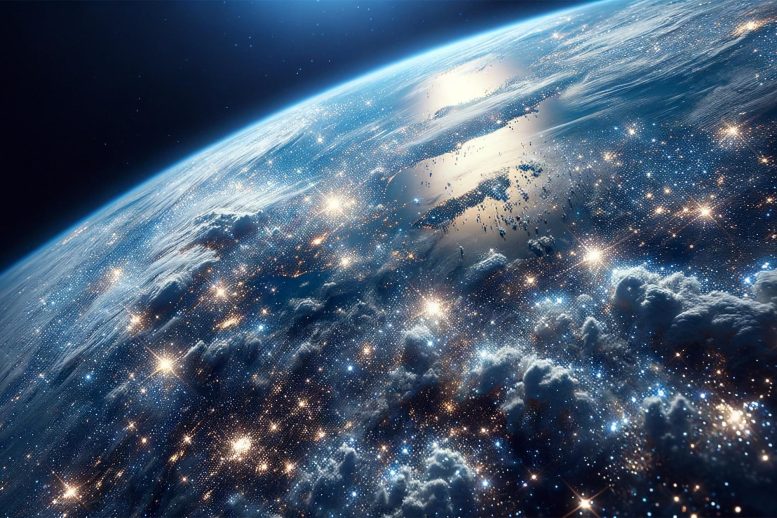
The rising number of spacecraft and satellite launches has introduced significant metals into the stratosphere, potentially affecting the climate, ozone layer, and Earth’s habitability. With up to 50,000 more satellites expected by 2030, the impact on the atmosphere remains uncertain.
Airplane-based research by Purdue scientists detects unprecedented levels of alloy aerosols in the atmosphere.
The Space Age is leaving fingerprints on one of the most remote parts of the planet — the stratosphere — which has potential implications for climate, the ozone layer, and the continued habitability of Earth.
Using tools hitched to the nose cone of their research planes and sampling more than 11 miles above the planet’s surface, researchers have discovered significant amounts of metals in aerosols in the atmosphere, likely from increasingly frequent launches and returns of spacecraft and satellites. That mass of metal is changing atmospheric chemistry in ways that may impact Earth’s atmosphere and ozone layer.
“We are finding this human-made material in what we consider a pristine area of the atmosphere,” said Dan Cziczo, one of a team of scientists who published a study on these results in the Proceedings of the National Academy of Sciences. “And if something is changing in the stratosphere — this stable region of the atmosphere — that deserves a closer look.” Cziczo, professor and head of the Department of Earth, Atmospheric, and Planetary Sciences in Purdue’s College of Science, is an expert in atmospheric science who has spent decades studying this rarefied region.

Dan Cziczo, professor and head of the Department of Earth, Atmospheric, and Planetary Sciences in Purdue’s College of Science, was part of the research team that discovered significant amounts of metals in aerosols in the atmosphere, likely from increasingly frequent launches and returns of spacecraft and satellites. Data was collected more than 11 miles above the planet’s surface using sampling tools hitched to the nose cone of research planes. Credit: Purdue University photo/John Underwood
Spacecraft’s Atmospheric Impact
Led by Dan Murphy, an adjunct professor in the Department of Earth, Atmospheric, and Planetary Sciences and a researcher at the National Oceanic and Atmospheric Administration, the team detected more than 20 elements in ratios that mirror those used in spacecraft alloys. They found that the mass of lithium, aluminum, copper and lead from spacecraft reentry far exceeded those metals found in natural cosmic dust. Nearly 10% of large sulfuric acid particles — the particles that help protect and buffer the ozone layer — contained aluminum and other spacecraft metals.
Scientists estimate that as many as 50,000 more satellites may reach orbit by 2030. The team calculates that means that, in the next few decades, up to half of stratospheric sulfuric acid particles would contain metals from reentry. What effect that could have on the atmosphere, the ozone layer and life on Earth is yet to be understood.
Challenges in Stratosphere Research
Scientists have long suspected that spacecraft and satellites were changing the upper atmosphere, but studying the stratosphere, where we don’t live and even the highest flights enter only briefly, is challenging.
As part of NASA’s Airborne Science Program, Murphy and his group fly a WB-57 airplane to sample the atmosphere 11.8 miles (19 km) above the ground in Alaska, where circumpolar clouds tend to form. Similar measurements were made by Cziczo and his group from an ER-2 aircraft over the continental United States. Both groups use instruments hitched to the nose cone to ensure that only the freshest, most undisturbed air is sampled.
Understanding the Stratosphere
Like the view of the unruffled surface of the ocean, the stratosphere appears untroubled — at least to human eyes. Life and civilization take place mostly on the planet’s surface and in the troposphere, the atmosphere’s very lowest layer. The stratosphere is a surprisingly stable and seemingly serene layer of the atmosphere.
The stratosphere is also the realm of the ozone layer: that gaseous marvel that acts as a global tent to shield the planet and all life on it from the searing, scorching rays of ultraviolet radiation. Without the ozone layer, life would likely never have arisen on Earth. And without it, life is unlikely to be able to continue.
The last decades have been eventful for the stratosphere. The ozone layer came under threat from chlorofluorocarbons in the 1980s, and only coordinated, sustained global efforts of governments and corporations have begun to bear fruit in repairing and replenishing it.
“Shooting stars streak through the atmosphere,” Cziczo said. “Often, the meteor burns up in the atmosphere and doesn’t even become a meteorite and reach the planet. So the material it was made from stays in the atmosphere in the form of ions. They form very hot gas, which starts to cool and condense as molecules and fall into the stratosphere. The molecules find each other and knit together and form what we call meteorite smoke. Scientists recently started noticing that the chemical fingerprint of these meteoritic particles was starting to change, which made us ask, ‘Well, what changed?’ because meteorite composition hasn’t changed. But the number of spacecraft has.”
Spacecraft’s Lasting Legacy
Spacecraft launches, and returns, were once international events. The launches of Sputnik and the Mercury missions were front-page news. Now, a quickening tide of innovation and loosening regulation means that dozens of countries and corporations are able to launch satellites and spacecraft into orbit. All those satellites have to be sent up on rockets — and most of that material, eventually, comes back down.
Like the wakes of great ships trolling through the ocean, rockets leave behind them a trail of metals that may change the atmosphere in ways scientists don’t yet understand.
“Just to get things into orbit, you need all this fuel and a huge body to support the payload,” Cziczo said. “There are so many rockets going up and coming back and so many satellites falling back through the atmosphere that it’s starting to show up in the stratosphere as these aerosol particles.”
Of course, shooting stars were the first space-delivery system. Meteorites fall through the atmosphere every day. The heat and friction of the atmosphere peel material off them, just as they do off human-made artifacts. However, while hundreds of meteors enter the Earth’s atmosphere every day, they are increasingly being rivaled by the mass of metals that comprise the tons of Falcon, Ariane, and Soyuz rockets that boost spacecraft into space and return again to Earth’s surface.
“Changes to the atmosphere can be difficult to study and complex to understand,” Cziczo said. “But what this research shows us is that the impact of human occupation and human spaceflight on the planet may be significant — perhaps more significant than we have yet imagined. Understanding our planet is one of the most urgent research priorities there is.”
Reference: “Metals from spacecraft reentry in stratospheric aerosol particles” by Daniel M. Murphy, Maya Abou-Ghanem, Daniel J. Cziczo, Karl D. Froyd, Justin Jacquot, Michael J. Lawler, Christopher Maloney, John M. C. Plane, Martin N. Ross, Gregory P. Schill and Xiaoli Shen, 16 October 2023, Proceedings of the National Academy of Sciences.
DOI: 10.1073/pnas.2313374120



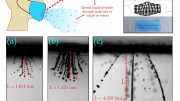
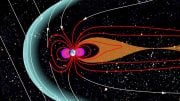
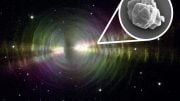


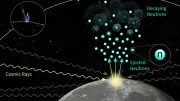
I’ve never liked the idea of casually burning equipment in reentry. It reminds me of the times when the enormity of the land and sea was unpollutable. We do it because we can’t figure out how not to. I don’t like it.
That said, the concern in the study is about pollution in a few parts per trillion. I’m told that’s equivalent to a homeopathic dilution of 6c. It does not have ‘implications for climate’, or any implications, but maybe not necessarily forever. Instead of concern, the article could be rephrased as a celebration of humanity’s ability to not only detect these elements, but to distinguish them from natural sources.
Cziczo’s concern for the disturbing impact of unimagined significance necessitating urgent research prioritization sounds to me like begging for more NOAA funding. A deeper understanding of our atmosphere should be enough, and the authors’ work impressed me.
Concern for the impact of rockets/spacecraft movement through the Earth’s atmosphere has always been a major concern of mine. Our magnetic shield is our most critical defense against Sol’s radiation and to our knowledge, damage to it may be fatal to life on our planet. Incidental effects of prolonged space launches/reentries may be shredding the shield, increasing radiation threats, increased Global Warming, wind system velocity changes, and only your neighbor astrophysicist would know all of them for sure…was there any indication of adverse atmospheric impact from Appollo missions? Could it have been another reason for the cessation of moon missions…